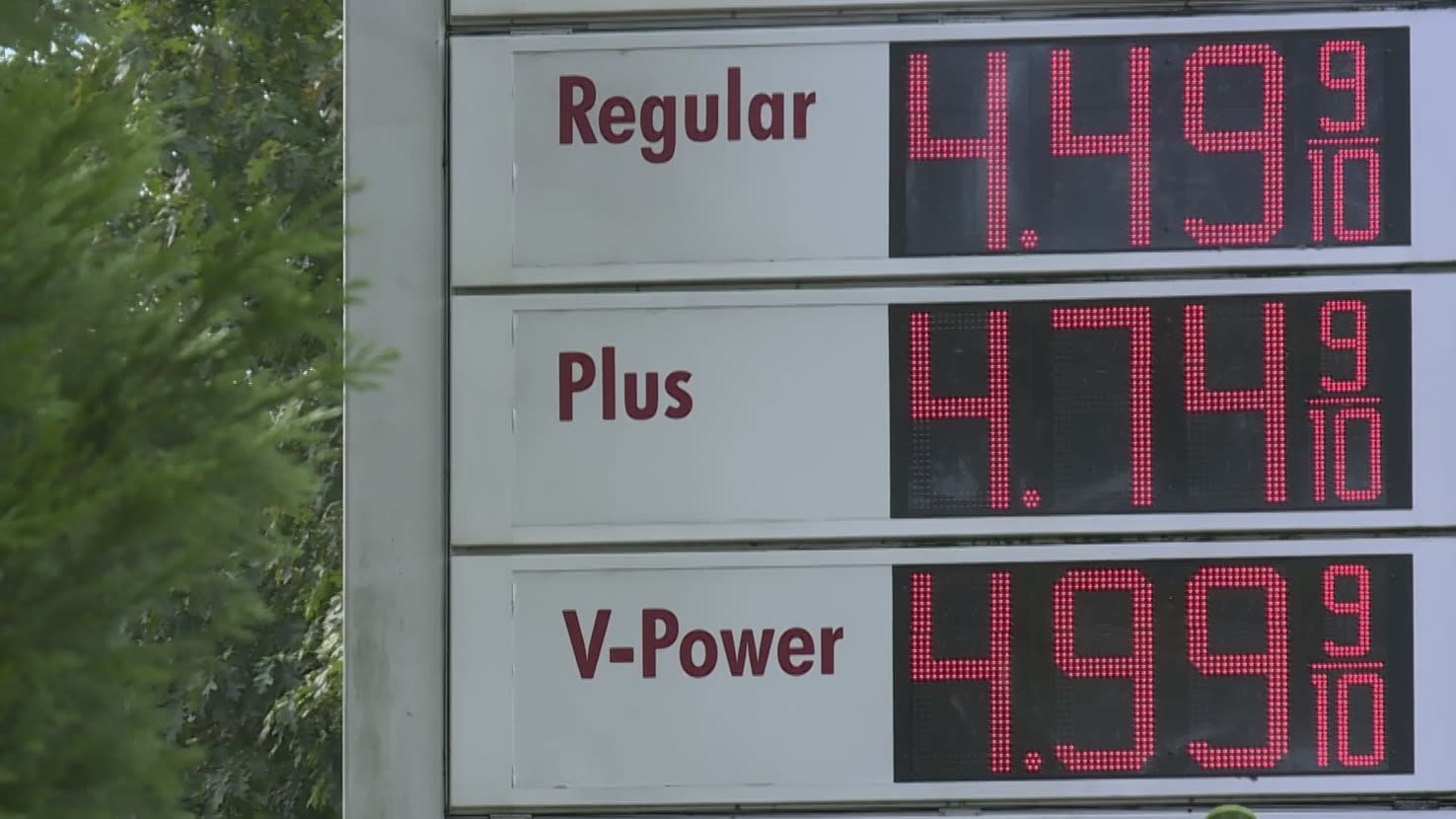Refinery and Pipeline Problems Drive Costs Up
Gas prices across the Pacific Northwest have spiked sharply, leaving drivers frustrated as the cost of filling up climbs well above the national average. According to AAA, refinery maintenance in Puget Sound and California, along with an outage on the Olympic Pipeline — which supplies fuel from Washington to Portland — have created tight fuel supplies in the region.
The result: prices in Oregon and Washington now sit nearly $1 higher than the national average.
Oregon Prices Far Above U.S. Average
The current statewide average for regular unleaded fuel in Oregon is $4.14 per gallon, compared to the national average of $3.19. In urban areas, the price tag is even steeper. Portland drivers are paying about $4.27 per gallon, while in Vancouver, Washington, rates have surged to $4.48.
Also Read
The difference is striking, especially for working families and commuters who depend on their cars for daily transportation.
Residents Feel the Pinch
For Hillsboro resident Ja’von Johnson, the jump in prices is stretching an already tight budget.
“Just trying to stretch out what I can put in there as I get paid, biweekly, 20 to 30 bucks can last me about a week, but it’ll cost me about 80 to 90 bucks alone just to fill my tank,” Johnson said.
Other drivers are simply chalking it up to the broader cost of living increases. Myles Wirt of Portland admitted he hadn’t paid close attention to the recent spike.
“Just everything’s getting raised, so I just didn’t even notice it, I guess,” Wirt said.
AAA: Relief on the Horizon
While the short-term outlook remains challenging, AAA Oregon/Idaho says there may be some relief ahead. Marie Dodds, director of government and public affairs, explained that gas stations will soon transition from summer-blend to winter-blend fuel.
“Gasoline supplies on the West Coast are very tight, due to refinery maintenance, and as the last of the summer-blend gas is produced. Oregon can start selling winter-blend gas on Sept. 15. This fuel costs less to produce and should help bring some relief at the pumps,” Dodds said.
AAA also reported that gas prices ticked down slightly overnight, dropping by half a cent statewide. While modest, officials view the decrease as an encouraging sign that costs may soon begin to stabilize.
Why the Seasonal Change Matters
Federal law requires gas stations to sell different blends of fuel depending on the season. Summer-blend gasoline is formulated to reduce emissions and air pollution during warmer months, but it is more expensive to refine. Winter-blend fuel, by contrast, is cheaper to produce.
As Oregon transitions to winter-blend sales, experts expect wholesale costs to drop, which should gradually ease retail pump prices.
National vs. Regional Factors
The Pacific Northwest is particularly vulnerable to supply disruptions because the region relies heavily on a handful of refineries and a limited number of pipelines. Any outage or maintenance issue can cause an immediate ripple effect.
Nationally, prices have been far steadier. While drivers across the country are paying more than they did a year ago, most states remain close to the national average of $3.19. By comparison, Oregon’s nearly $1 premium highlights the region’s supply challenges.
Consumer Outlook
For now, drivers like Johnson continue to adjust, budgeting carefully and cutting back where possible. Some commuters say they are considering alternatives such as carpooling or relying more on public transit until prices ease.
Still, experts caution that while winter-blend fuel may help, long-term price stability depends on refinery operations returning to normal and pipeline disruptions being resolved.
A Glimmer of Good News
AAA emphasized that recent signs of declining prices, though small, are worth watching. If winter-blend fuel hits the market on schedule and refineries complete maintenance as planned, Oregon drivers could see meaningful relief in the coming weeks.
Until then, motorists across Portland, Vancouver, and beyond are left waiting, watching prices at the pump, and hoping the worst of the surge is behind them.












